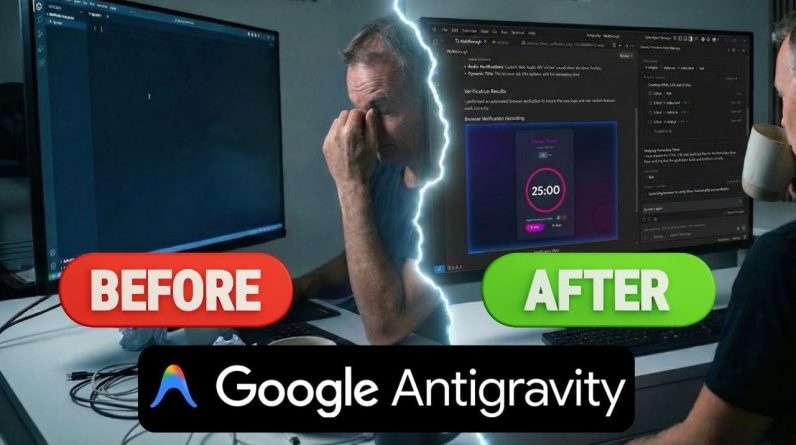Four uses in fire service training
Save time. Using generative AI to do basic research or to investigate a topic might save time. Instead of searching the web or digging through existing training materials, the user can enter a prompt that relates to a firefighting topic. An example of using ChatGPT to save time might be, “Write 200 words on the evolution of fire apparatus.”
Brainstorm. Generative AI can be used to help to generate training ideas.
We all had those moments of mind-block when we couldn’t think of a training topic for an upcoming session. Common ways to overcome this challenge are to look at past drills, investigate policies/standard operating guidelines, open an NFPA standard, check websites and explore social media. Generative AI offers an additional tool. An example of a prompt to help brainstorm ideas for training might be, “What are 10 knots that a firefighter should know?”
Generate outlines and rough drafts. Once you identify a training session topic, you can use generative AI to create an outline or overview. As noted above, we can use search engines to find existing information, but prompts in generative AI perform the heavy work of building training information. An example of using generative AI to generate training outlines that have a given topic and time-limit considerations is, “Can you build me an outline for a 15-minute drill on rope rescue knots?”
Create content. A tremendous benefit to company officers and fire instructors is that they can use generative AI to create training content. There are generative AI products that can take text and create pictures (CoPilot Designer, DALL·E 3, Midjourney, Stable Diffusion), videos (Lumen5, Pictory, Sora), handouts (ChatGPT), infographics (Canva), presentation slide decks (DesignerBot, Prezi), and even quiz questions (ChatGPT). Using a properly worded prompt helps you to obtain what you need. A suggestion for content creation is, “Can you build a handout for a training session on ground ladder operations?”
Warnings and cautions
AI itself can be thought of as neutral. It isn’t good nor bad, but it can be either depending on how people use it. We can use it for good as a tool to help to improve training.
Anything that’s generated through AI must be reviewed critically by the company officer or fire instructor. Officers and instructors are the experts and must review what the generative AI program proposes, to check the factual correctness and applicability of the information before it’s shared with firefighters during training. Often, what’s generated can be conflicting, fake or wrong/not factual, or the information might be “textbook accurate” but must be modified to reflect a department’s operations and training requirements. The responsibility is on the user to ensure that the information that’s created is used ethically and with integrity.
Not the be-all and end-all
Consider the suggestions for the use of generative AI that are noted above as starting points for enhancing training programs.
When I prompted ChatGPT with “How can generative AI help improve fire service training sessions?,” suggestions that the program offered included “Scenario Generation,” “Dynamic Training Exercises,” “Virtual Reality Simulation,” “Feedback” and “Assessment,” before explaining, “By integrating generative AI technologies into fire service training sessions, trainers can create more immersive, dynamic and effective learning experiences for firefighters, ultimately enhancing their preparedness and response capabilities.” That’s quite an accurate summation of my thoughts.



